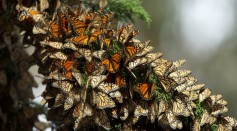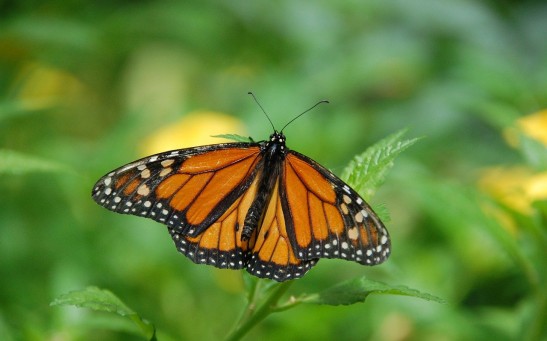butterflies

Monarch Butterflies' Spectacular Migration Is at Risk – an Ambitious New Plan Aims To Help Save It
5 Beautiful and Rare Butterflies That Might Go Extinct Soon
Tiny Drone Now Plays the Role of a Pollinator to complete the Pollination of Flowers
Yawunik Arthropod Revealed—The Toothsome Creature that Gave Rise to Lobsters, Spiders and Butterflies
Monarch Butterflies Could Soon Be Deemed “Endangered”
Most Popular

How Technology Is Changing the Real Estate Industry?

Study Reveals High Turnover in Scientific Research Careers: What This Means for Future Scientists

How a Plant-Based Diet Can Protect Against Breast Cancer: Insights from Nutrition Research

Why It's So Difficult to Lose Weight: The Biological Explanation Behind Obesity






